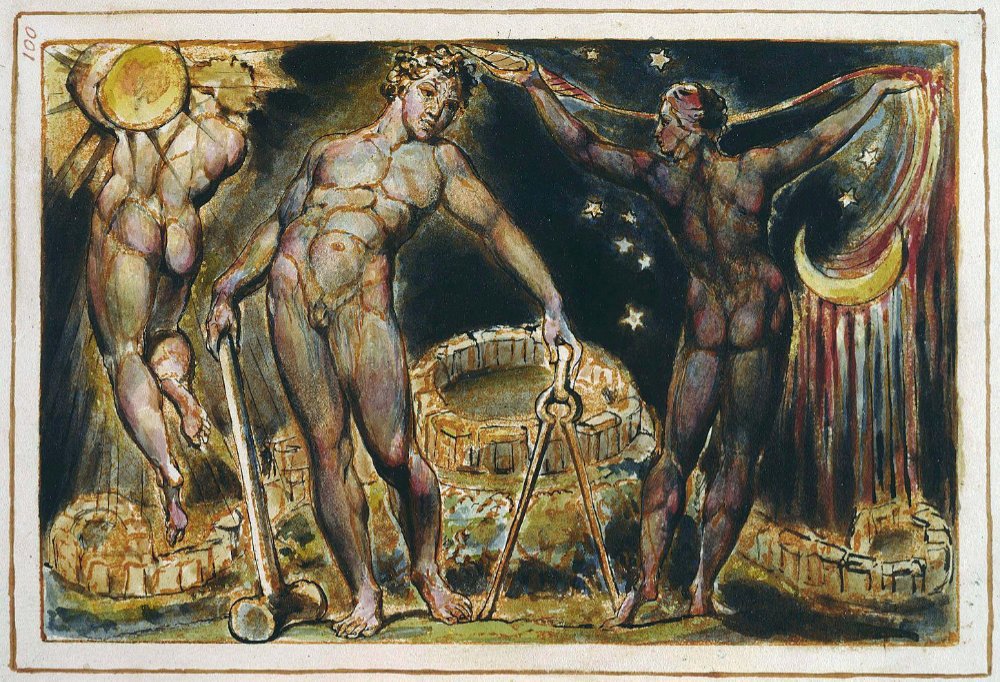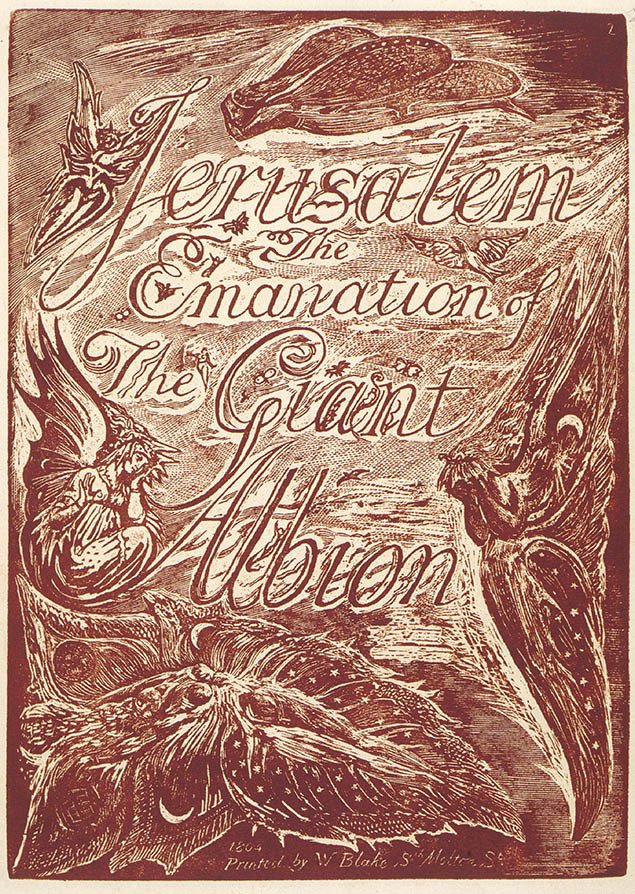
Earlier this month, the first round of the government’s Culture Recovery Fund was announced by Arts Council England, with a welcome £257m allocated to 1,385 theatres, museums, orchestras, dance companies, music venues and other arts organisations impacted by Covid-19.
Culture Secretary Oliver Dowden announced:
“This funding is a vital boost for the theatres, music venues, museums and cultural organisations that form the soul of our nation. It will protect these special places, save jobs and help secure the culture sector’s recovery.”
Communities and tourism in the South West will surely benefit from the injection of £33.7m across the region, from the Old Vic in Bristol, to the recently launched museum The Box in Plymouth, as well as numerous smaller cultural organisations, such as Penzance’s Golowan Festival. It’s also hoped that such investment in cultural infrastructure will provide future work for many struggling self-employed artists and performers.
But while this support has rightly been widely praised and gratefully received by many in the sector, the Culture Secretary’s relationship with his portfolio in recent months has been decidedly bumpy, as Dowden has seemingly sought to position himself at the frontline of the government’s manoeuvres to control not just parliament but the soul of our nation, through engagement in so-called ‘culture wars’.
“…a warlike State never can produce Art”
These words of the visionary poet and artist William Blake were used in the 1930s by English surrealists in an anti-fascist demonstration against Chamberlain’s appeasement strategy, and they have taken on new resonance in recent months.
Blake had remained a relatively obscure figure until the early 20th century, but in the 1930s and 1940s he was co-opted as a national hero by both left and right, who interpreted his radicalism and patriotism in different ways to suit their own ends.
At the Conservative Party conference in October the prime minister casually referenced Blake when he suggested that the Tories, in “building back and better”, would be building a new “Jerusalem” – a reference to the well-known hymn based on Blake’s poem of 1804, now thought of by many as a kind of unofficial national anthem. The reference was not just an Old Etonian’s off-the-cuff turn of phrase, but a shorthand signposting of ‘patriotic’ values.
Culture reflects who we are, how we live and our place in the world. During the 1930s and 1940s, authoritarian attacks on culture went hand in hand with attacks on fundamental democratic freedoms. In the Second World War, creative and cultural expression came to be highly valued as the ultimate expression of individual freedom. Cultural values and their protection were proposed as the real purpose of the colossal fight against totalitarian oppression. But recruited to Johnson’s culture war, these serve a very different purpose.
Journalist Andy Beckett is one of many who have recently highlighted the rise of a conservative-led culture war: “against remainers, the BBC, the universities, the legal system, the big cities and seemingly anywhere that liberal or left-wing thinking still lingers strongly, despite a decade of Tory rule”. This is the context for the government’s worrying nanny-state approach to our arts institutions, the “war on woke” prevailing in the right-wing press, which characterises “wokeness” as an extremist cult, a form of “cultural Marxism” rather than a desire for cultural diversity, inclusivity and fairness.

One wonders how Blake, and the anti-fascist protesters of the late 1930s, would see such ‘culture wars’. What for instance, would Blake – a passionate opponent of slavery – have made of the letter that Dowden wrote last month to 26 publicly-funded cultural institutions, such as the National Portrait Gallery and the V&A, warning them that their involvement in any culturally controversial activity, specifically the removal of historic statues of slave traders or other culturally sensitive artefacts, would jeopardise financial support? Dowden wrote:
“…as publicly funded bodies, you should not be taking actions motivated by activism or politics. The significant support that you receive from the taxpayer is an acknowledgement of the important cultural rôle you play for the entire country. It is imperative that you continue to act impartially, in line with your publicly funded status, and not in a way that brings this into question. This is especially important as we enter a challenging Comprehensive Spending Review, in which all government spending will rightly be scrutinised.”
Dowden also required these institutions to complete a questionnaire on the work they are considering or undertaking in this area, instructing them to “continue to notify the department in advance of any actions or public statements in relation to contested heritage or histories”.
His letter sparked an outcry because it blatantly disregarded the arm’s-length principle for the public funding of culture that was established after the war, when the value of culture as an expression of democratic freedom was fully understood.
In a response to the letter, the Museums Association (MA) stated: “We are concerned that the secretary of state’s recent letter:
- asks museums to notify the government of any activities in this area;
- implies that government funding may be withheld if museums do not comply; and
- denies museums the responsibility to take carefully considered decisions about contested heritage in consultation with staff and their communities.
We feel that this contravenes the long-established principle that national museums and other bodies operate at arm’s length from government and are responsible primarily to their trustees.”
It also emerged that the DCMS had previously put pressure on Trustees of London’s Museum of the Home in their decision not to remove a statue of Robert Geffrye, a beneficiary of the slave trade, and in August Dowden had instructed national museum directors to cut executive pay and to generate more income themselves, pressing them to:
“… take as commercially minded an approach as possible, pursuing every opportunity to maximise alternative sources of income”, warning that otherwise he would not “be in a position to make the case for any further financial support for the sector”, and that he would be disappointed by any failure to maximise “revenue-enhancing opportunities”.
Ironically, arts institutions such as museums have been transformed over recent decades by the need to be commercially viable. The British Museum raises 60 per cent of its income, and the Tate 75 per cent. Accountability for public funding has been one of the key drivers for museums, changing their relationship with the audiences they serve. To continue to attract visitor numbers in order to justify public funds on the one hand and to generate essential additional income through visitor spending, UK museums have made a virtue of engaging with and being relevant to their audiences, going beyond providing entertainment and consumerism. UK audience engagement practice is an international success story.
More than ever before, museums are reflecting or engaging with the views and opinions of their visitors rather than imposing monolithic, authoritarian perspectives or a single, institutional narrative. In addressing controversial issues they are reflecting growing public appetite for debate. As UK museum academics Robert R. Janes and Richard Sandell wrote in 2019, “… taking a stand on contemporary issues, while often accompanied by museums’ complex ethical dilemmas, is destined to become an increasingly central feature of 21st century museum practice.”
For at least a decade, museums globally have been reengaging with and reinventing their civic roles, realising that, however good they are at fund-raising, lack of civic reach will be fatal to their survival. As a result, museums in the UK and around the world have been reviewing their practices in the light of key issues such as social inequality, political injustice and the climate crisis.
Recent years have seen the corrosive effects of fake news and social media on levels of public trust in our institutions. Museums, as civic society organisations, remain among the few public institutions (alongside the NHS) to enjoy this increasingly valuable and elusive aspect of human relations. In that respect, the government is right to acknowledge the role they play in generating and contributing shared societal values and norms. But is the continued display of statues of slave traders, in obedience to a government edict, really reflective of our values as a society?
Following the critical backlash to his letter, Dowden has decided to invite sector stakeholders to take part in an online round-table discussion about the government’s position and how they might work collaboratively in future. I hope that – like museums with their audiences – he will be listening.
But the signs are that the government intends to pursue its culture war. This was brought home again last week when the chair of the Charities Commission, Baroness Stowell (a political appointee), announced through the pages of the Daily Telegraph that she had ordered an inquiry into the National Trust. And what was the ‘offence’ that it had supposedly committed? The publication of a report last September into the historical connections between some National Trust properties and colonialism, including links with slavery.
For many people, not least the many descendants of slaves in this country, it would seem eminently sensible for the National Trust to seek to enrich the experience of its visitors with insights into this aspect of the historical properties in its care. William Blake, for one, would surely be pleased to know that the curators of our national heritage see the cruelty inflicted on millions of our fellow human beings as something to be acknowledged and understood, rather than whitewashed or – even worse – uncritically celebrated.





